Fri 22 Apr 2016 by Philip Woodcock
Vessel operators say the industry needs greater awareness of all aspects of a crew transfer operation, from
start-up to shutdown
Recently, when working late revising a presentation for RenewableUK on fatigue, I sat looking out at the cars passing,
nose to tail on the A16 motorway in Rotterdam. They were large cars driven by successful managers and were fitted with
all the creature comforts of the modern vehicle, including soundproofing to block out the world outside.
As I am often on the other side of the office window, I know what is going on in those cocoons of successful business.
After a full day making major decisions that affect the future of their companies and livelihood of their employees, they
can now relax in comfort, make those last few calls and wind down in preparation for home life and family. They are,
however, at their highest exposure point of physical risk to harm themselves or their surroundings when at their lowest
awareness point of the day. Seeing this from the remoteness of my desk, I reflected on the work cycles of windfarm crew
transfer vessels with particular feeling for those who have long runs to and from base port.
Currently, the leaders of the offshore wind industry, driven by regulators in the UK, are very focused on the transfer
process to and from a turbine’s boat landing. As a vessel operator, I am highly concerned about the high speed transit
passage at the end of the day. When the vessel is in the field and pushing on to towers, all onboard are keenly aware that
this is an operation with a high potential for incident. They must all work together as a team to do it safely.
Intuitively, the ‘bump and jump’ transfer method looks risky, but analysis of safety statistics regularly shows a lower
number of injuries than other operations offshore. I believe that this is because everyone is ‘switched on’ to the risk and
to the personnel in harm’s way – that is, the technician who is climbing and the deckhand who is at the transfer point
assisting him. The passage home, however, places everyone onboard at risk and relies on one or two persons to maintain
awareness at a time when the perceived risk is lower.
Based on my operational experience, the work cycle of an average crew transfer vessel can be described as follows:
- 0530–0600 – wake up and go to the vessel – time depends on distance to travel.
- 0630 – board vessel, daily checks and warm up engines – download passenger manifest and prepare passage, and
hopefully get a cup of tea or coffee - 0650 – move over to loading berth and await passengers
- 0700 – board passengers and cargo
- 0715 – depart for field
- 0830 – arrive in field and start dropping off teams
- 1000 – all passengers away and crew have chance to have breakfast
- 1200 – lunch – this may involve collecting technicians for lunch onboard before transferring to new towers
depending on work plan for the day - 1600 – start collecting teams from towers
- 1645 – commence passage back to base port
- 1800 – discharge passengers, take bunkers if needed, do maintenance and clean vessel
- 1900 – leave the vessel and go for dinner.
The cycle is repeated for up to 21 days, and with overtime for additional client work in the field and delays at the bunker
point or to complete essential maintenance makes for long, tiring days. From my observations onboard, I have noted that,
on busy days when the vessel is supporting teams that are inspecting multiple towers, there can be upwards of 100
transfers in a working day, each transfer on and off the vessel counted separately.
- As we are well aware, the transfer process is perceived as a high risk process and so the vessel crew is working at a
heightened level of concentration for extended periods of time. - The industry works within the hours of work and rest limitations in the STCW and MLC Conventions and
incorporated in UK law through the Merchant Shipping (Hours of Work Regulations) 2002 and the Workboat Code
(MGN 280). As stated in MLC 2006, the minimum hours of rest shall not be less than: - . 10 hours in any 24-hour period
- . 77 hours in any seven-day period.
Hours of rest may be divided in no more than two periods, one of which shall be at least six hours in length.
These rules stem from and address the very real risks to seafarers making mistakes through fatigue or having health risks.
However, they do not reflect the practical implementation of operating vessels in the windfarm industry and the work
cycle that affects the crews. The G9 Offshore Wind Health and Safety Association has tried to reflect how international
regulation is applicable to the windfarm industry in section 5.3.1 of its guidance document The Good Practice Guideline
– The Safe Management of Small Service Vessels Used in the Offshore Wind Industry. They go even further to clarify that
working time is to include starting up and shutting down of the vessel and bunkering. This is a welcome clarification, as
some charterers have long believed that, because they have chartered the vessel for 12 hours, they get 12 working hours
offshore and everything in port is the problem of the vessel operator. The G9 clarification is welcome but does not
address the cycle of fatigue that affects crew transfer vessel crews.
The cycle of fatigue goes something like this: “I am under stress so I cannot sleep, therefore my fatigue increases, and my
fatigue makes it harder to deal with stress,” and so the cycle continues. I have witnessed this cycle and seen how crews
eat to maintain their awareness. As shown in the example routine above, it is not uncommon for a crew to not eat
breakfast until they are in the field and have delivered their passengers. As the master’s job is a sedentary one with
prolonged periods of high concentration, he might be concerned about what he eats and so have a salad for lunch.
However, by the end of the day as he is leaving the field for the passage home, he is low on energy and is fatigued from
hours of high concentration whilst performing transfers. At this time, it is tempting to have a few biscuits and a last cup
of coffee or two on the run home. These both will impact the waistline he was trying preserve at lunch but also provide
additional caffeine that may make sleep difficult that night.
The University of Hull, recognising that the majority of industry research has been placed into the transfer process with
little thought given to the wellbeing of the technicians in transit so that they are in a fit state to perform their tasks when
they arrive on site, is commencing a project into the transit process. I believe that a key element is a better understanding
of the wellbeing of the vessel crews who deliver the technicians to and from the work site. A very senior safety leader in
the windfarm industry once said to me that windfarm operators “place their 12 most valuable eggs into our basket” with
little thought of the health and wellbeing of who holds the handle. If the work cycle of operations is not understood and
considered – especially at times of increased commercial pressure – there is the risk that these eggs might get scrambled
on the passage home, just like one of those executives I see out of my window, who is now at the side of the road after
being in an accident.
Philip Woodcock is operations director of Workships Contractors and chairman of the Workboat Safety Forum



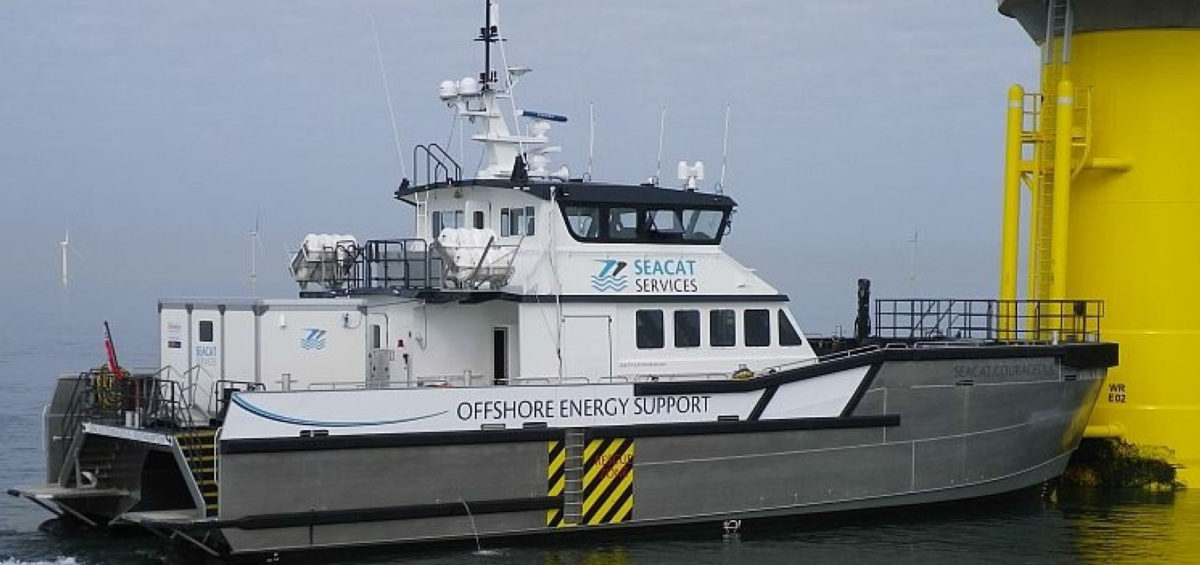
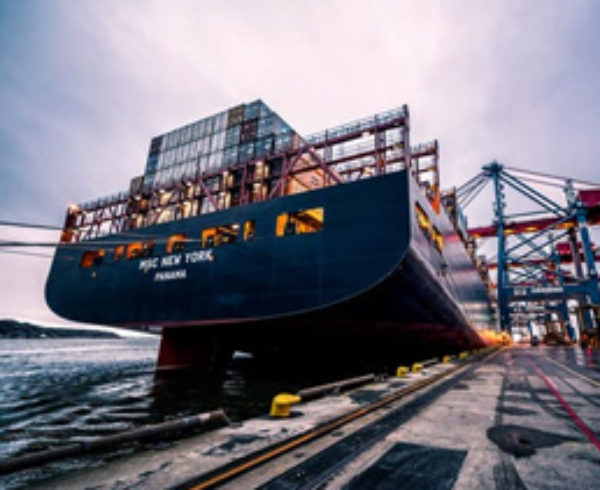
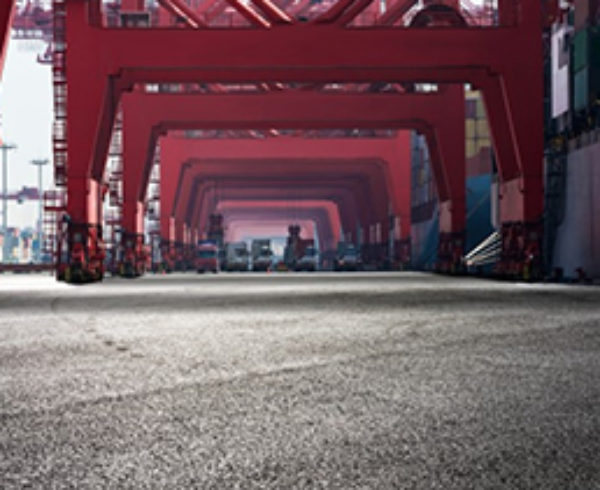

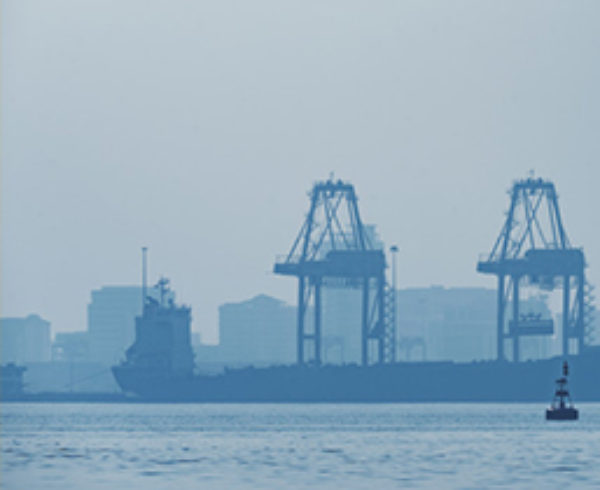

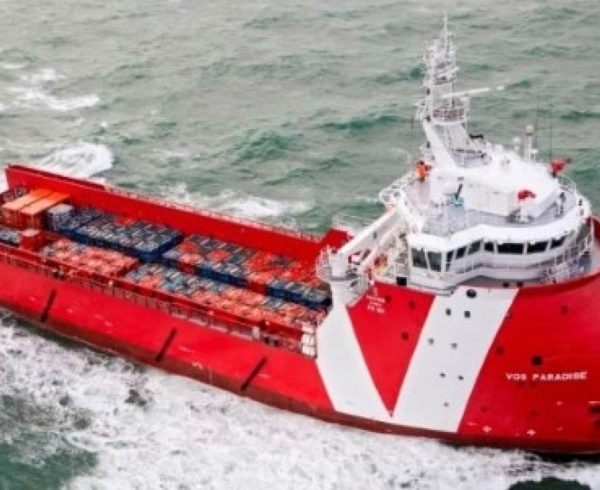
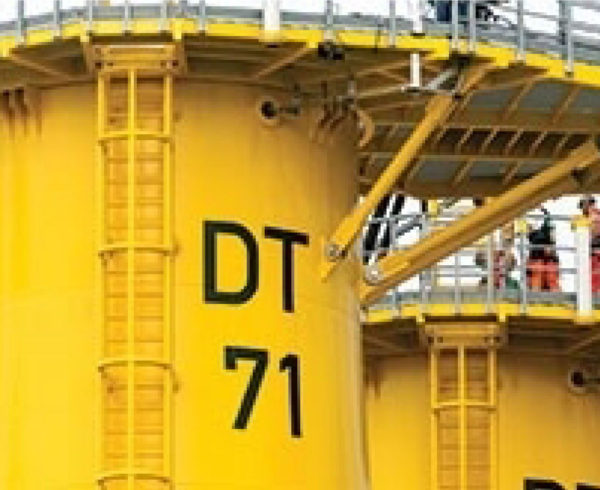


Leave a Comment